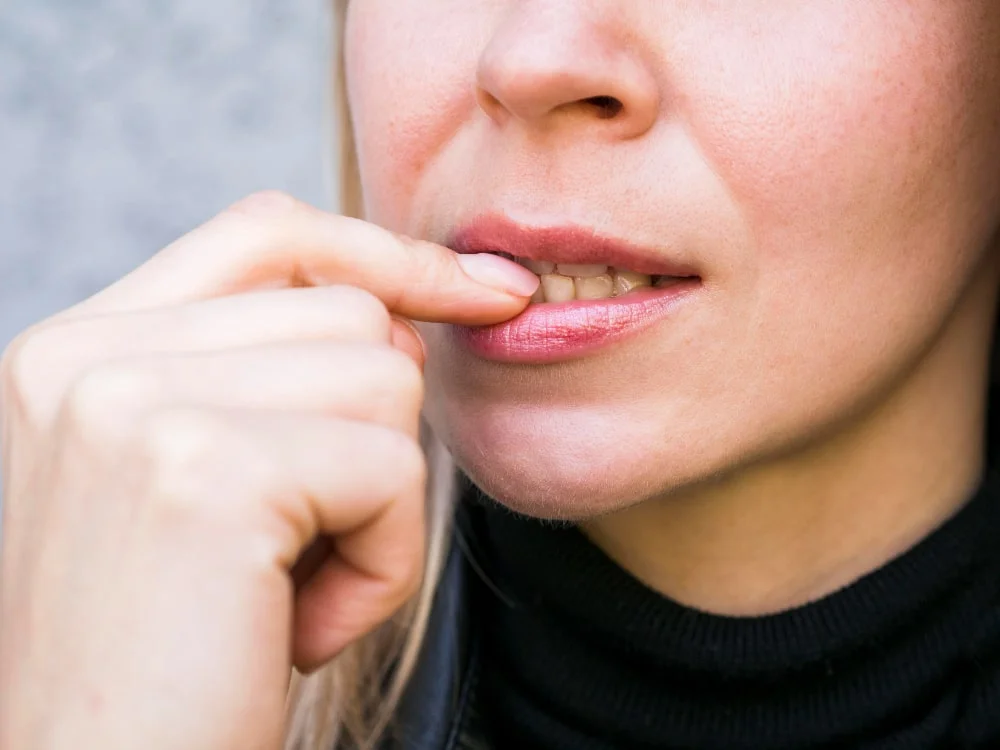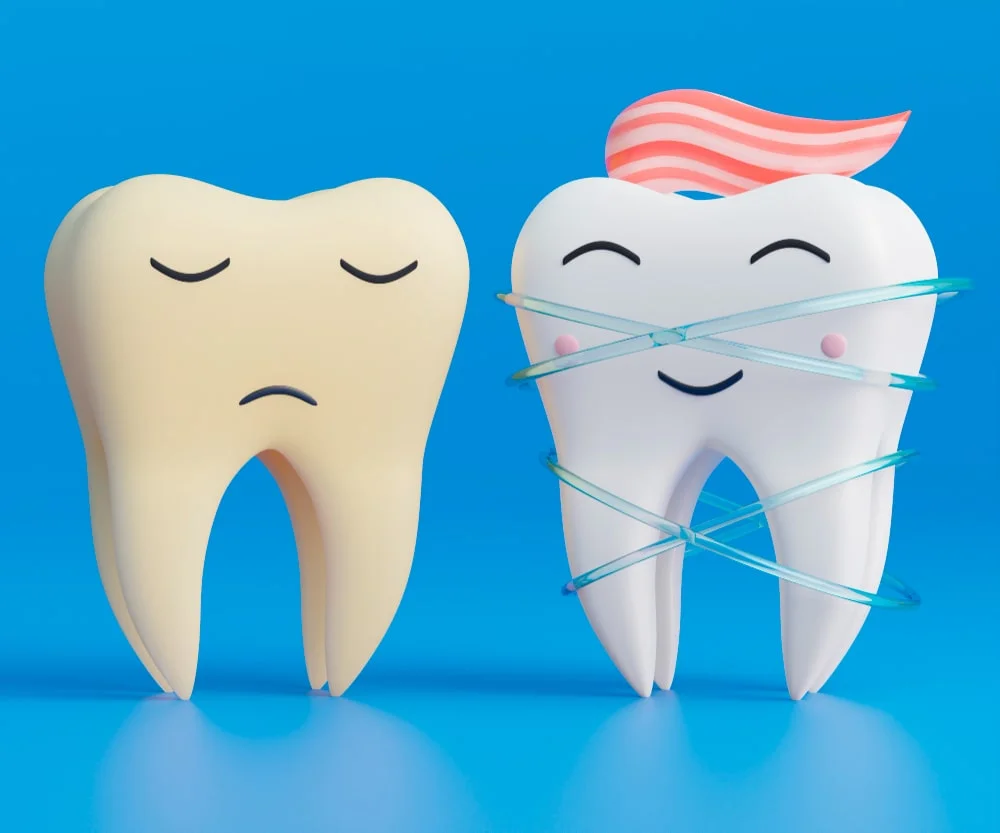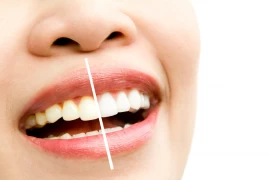
Everything You Need to Know About Dental Plaque
- Everything You Need to Know About Dental Plaque
- What Is Dental Plaque?
- Why Does Plaque Form?
- What’s the Difference Between Plaque and Tartar?
- Problems Caused by Dental Plaque
- How Can You Prevent Dental Plaque?
- In Conclusion...
One of the most common questions I hear from my patients as a dentist is this: “I brush my teeth, but tartar still forms—why?” The answer to this question lies in a fundamental concept: dental plaque. This formation, which should be at the center of our daily oral care routines, plays a critical role in oral health.
In this article, I’d like to share with you in detail what dental plaque is and how it can be prevented.
What Is Dental Plaque?
Dental plaque is a sticky, colorless biofilm that forms when bacteria in the mouth combine with proteins in the saliva and carbohydrates from food particles. It typically accumulates on the tooth surfaces, along the gum line, and especially in the hard-to-clean areas between the back teeth. Although it's difficult to detect with the naked eye, plaque forms continuously in the mouth and becomes visible as it thickens if teeth are not brushed regularly.
Why Does Plaque Form?
The primary reason for plaque buildup is inadequate oral hygiene. When teeth are not brushed regularly—especially after meals—carbohydrates left on the tooth surface serve as food for bacteria. These bacteria multiply over time, producing acids that damage tooth enamel and release toxins that lead to gum inflammation.
Some factors that increase plaque buildup include:
- Frequent consumption of sugary and starchy foods
- Inadequate brushing and flossing
- Decreased saliva flow (dry mouth)
- Use of tobacco products
- Orthodontic appliances (braces, wires, etc.)

What’s the Difference Between Plaque and Tartar?
Another common confusion among patients is the difference between plaque and tartar. Plaque is a soft layer that adheres to the tooth surface, while tartar (calculus) is what forms when plaque hardens through a combination with calcium and phosphate over time. Plaque can turn into tartar within approximately 24–48 hours. Tartar cannot be removed with simple at-home brushing; professional dental cleaning is required.
Problems Caused by Dental Plaque
Dental plaque is not merely a cosmetic or temporary issue. Over time, it can lead to serious dental and gum diseases, including:
- Cavities: Bacteria in plaque convert sugary foods into acids, weakening tooth enamel and causing decay.
- Gingivitis (Gum Inflammation): When plaque accumulates at the gum line, it causes inflammation. This may result in redness, swelling, and bleeding of the gums.
- Periodontitis: If gingivitis is not treated, the inflammation can progress to the bone tissue, leading to loose teeth or even tooth loss.
- Bad Breath (Halitosis): Plaque bacteria produce compounds that cause unpleasant odors in the mouth.
- Association with Systemic Diseases: Recent studies show that chronic plaque and periodontal diseases may be linked to systemic conditions such as cardiovascular disease, diabetes, and even low birth weight.
How Can You Prevent Dental Plaque?
As a dentist, the key point I emphasize both in prevention and treatment is: take action before plaque forms. Here are the main ways to prevent plaque buildup:
- Regular Tooth Brushing: Brush your teeth at least twice a day—preferably in the morning and before bedtime—using a fluoride toothpaste. While brushing, hold the toothbrush at a 45-degree angle to the gum line and clean gently yet thoroughly.
- Use of Dental Floss and Interdental Brushes: Dental floss is the most effective way to clean plaque between teeth. If you have wider gaps between your teeth, interdental brushes may be more suitable.
- Mouthwash: Antibacterial mouthwashes help reduce the bacterial load in the mouth, slowing plaque formation. However, mouthwash should never replace brushing and flossing—it’s a complementary care product.
- Reduce Sugar Intake: Plaque bacteria feed especially on sugary and starchy foods. Limiting consumption of such foods plays a significant role in preventing plaque formation.
- Regular Dental Checkups: Visiting the dentist at least twice a year is critical for monitoring plaque and tartar formation and detecting potential problems at an early stage.
In Conclusion...
Dental plaque is an issue that every individual faces daily, yet its seriousness is often underestimated. It is not just a cosmetic concern but a threat to both oral and overall health. Therefore, it’s vital for everyone to practice good oral hygiene, develop conscious habits, and keep up with regular dental visits.
Remember, taking action before plaque forms is the most effective way to maintain a healthy smile and prevent tooth loss.
Wishing you healthy days ahead,
Dentist Çağla Özbay




